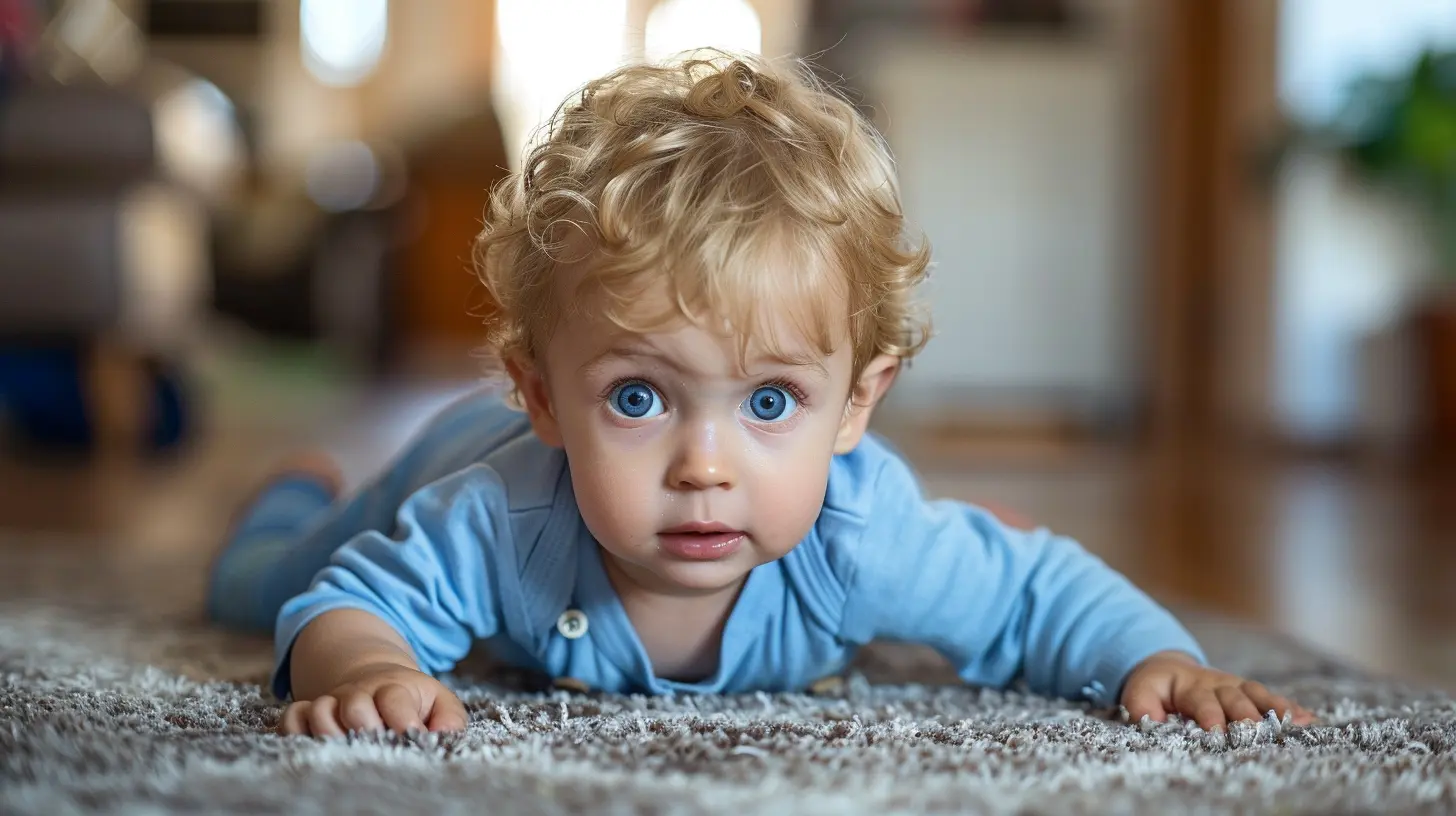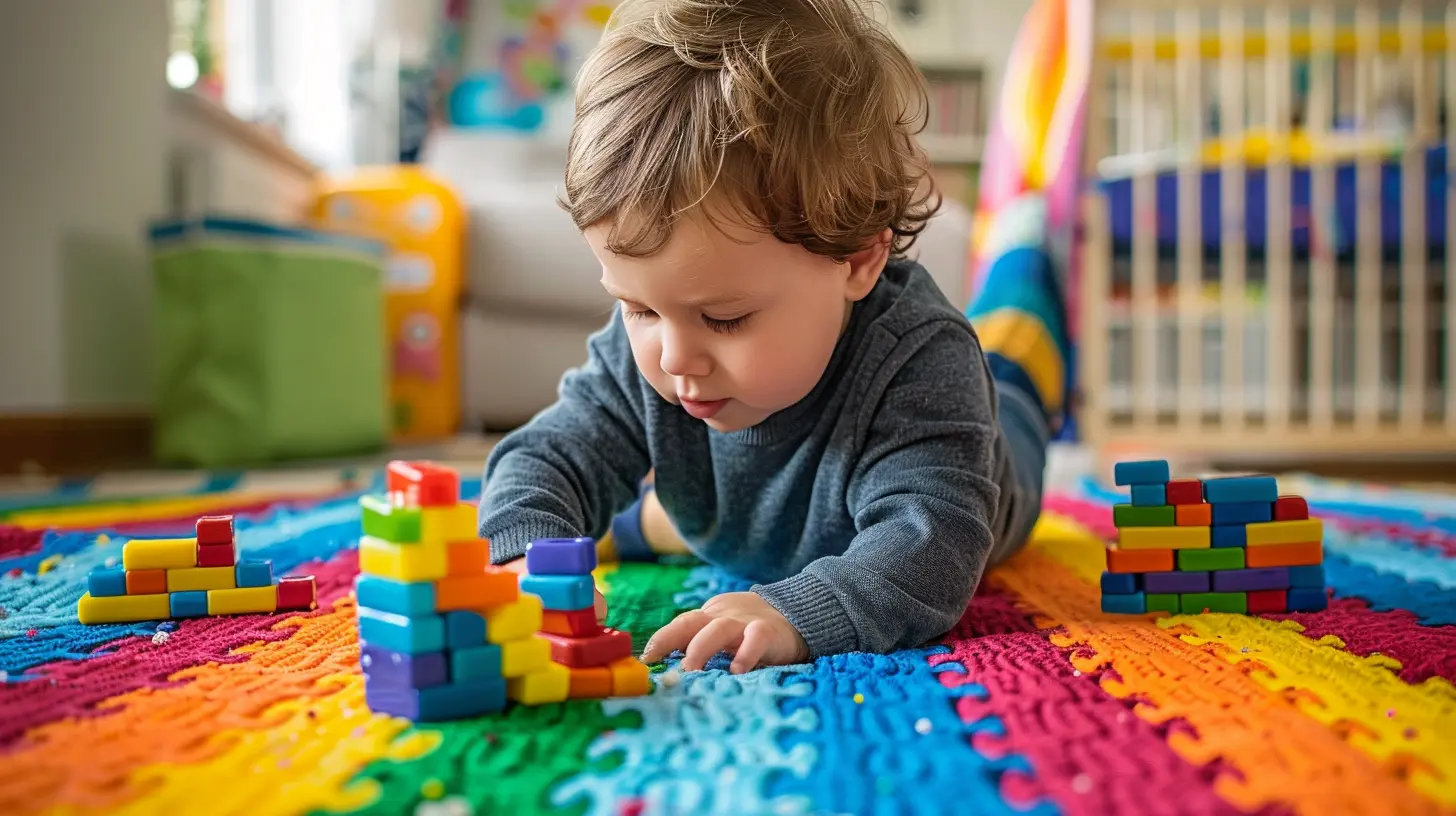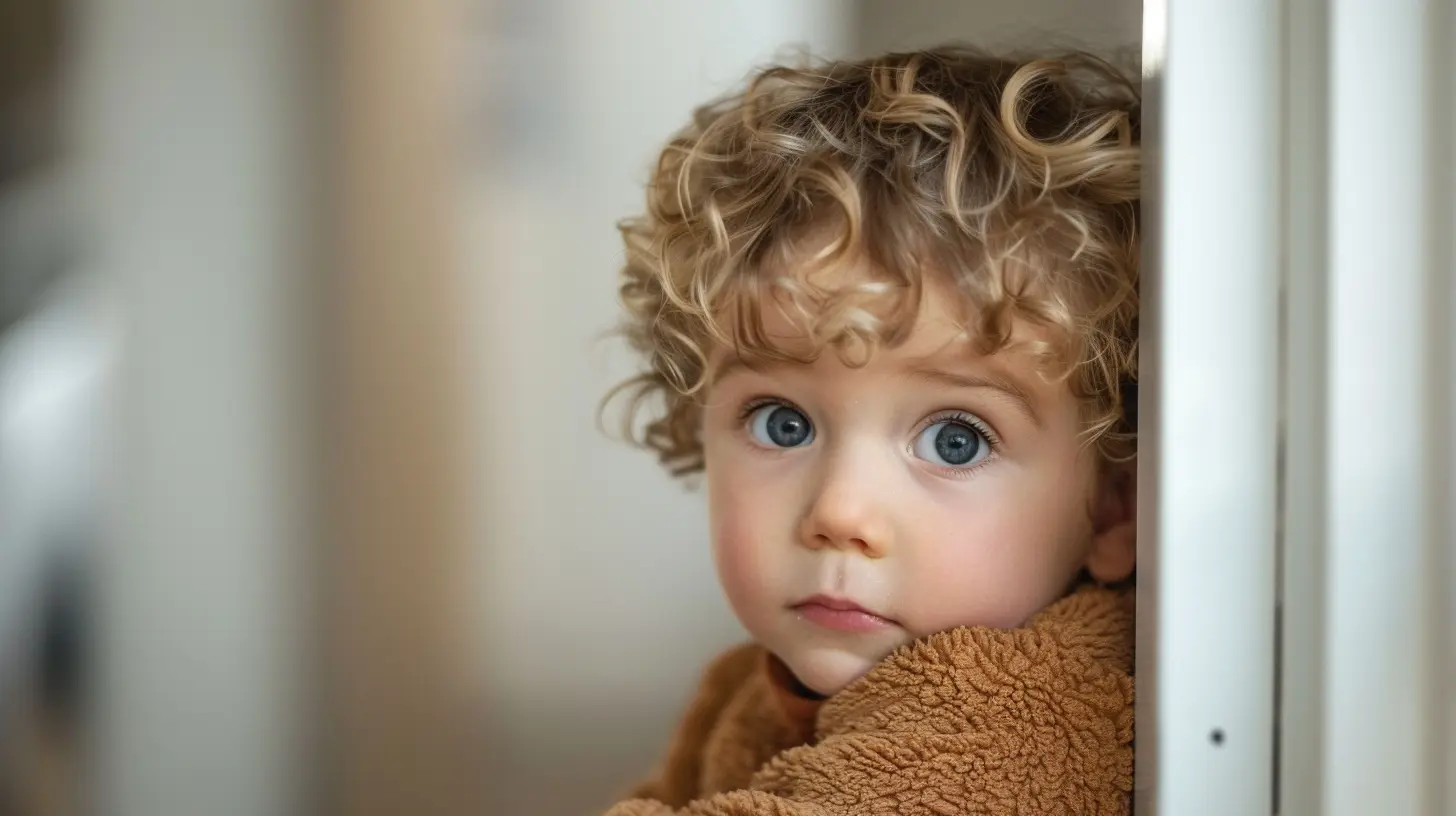Setting Boundaries with Toddlers: Why It’s Key and How to Start
17 July 2025
Let’s face it—toddlers are basically tiny hurricanes with legs and a sprinkle of sass. They’re adorable, no doubt, but also exhausting, unpredictable, and fiercely independent (when it’s least convenient, of course). If you've ever watched your little one throw a sock at your face after you said "no more screen time," you know exactly what I’m talking about.
So how do you rein in all that toddler tornado energy while keeping your cool (and your sanity)? One word, my friend: boundaries. Yep, setting boundaries with toddlers is equal parts art, science, and survival tactic. But the good news? You can totally do it—and it doesn’t have to feel like you’re constantly playing referee in a WWE match.
In this post, we're going to break down why setting boundaries is so important, how to start doing it without losing your mind, and why your toddler might actually thank you for it someday (okay, maybe when they're 30... but still).
Why Boundaries Matter for Toddlers (and Their Grown-Ups)
Toddlers Are Learning EVERYTHING
Imagine being dropped into a foreign country where you don’t speak the language, know the customs, or have any clue what the rules are. That’s toddlerhood. They’re trying to figure out how the world works one Cheerio at a time.Boundaries give toddlers a sense of structure and predictability. Think of them as invisible fences that help your little one know where the edge is. They may push against those fences sometimes (okay, all the time), but they also feel safer knowing they exist.
Boundaries = Love + Guidance
Some parents worry that setting rules makes them seem strict or unkind. But guess what? Boundaries are actually the ultimate form of love and guidance. They tell your child:> “I care about you enough to keep you safe, teach you right from wrong, and help you grow into a decent human.”
It’s like giving them bumpers when they’re bowling for the first time. You’re not doing the whole game for them—you’re just helping them stay out of the gutter.
Chaos Feeds Tantrums
Ever noticed how toddlers tend to melt down more when schedules are off, rules are vague, or bedtime's pushed too late? Yeah, there’s a reason. Toddlers thrive on routine and knowing what to expect. Boundaries help reduce the chaos, which means fewer tantrums and more peaceful couch-snuggling (Netflix for you, Goldfish crackers for them).
Where Do You Even Begin?
Alright, now that we’re sold on why boundaries matter, let’s get into the nitty-gritty of how to start. Spoiler alert: it doesn’t involve yelling, bribing, or turning into a drill sergeant. Phew.Step 1: Know What’s Non-Negotiable
First things first—figure out your core boundaries. What are the biggies you’re not willing to budge on?Some examples:
- We don’t hit people. (Even if they stole your toy.)
- We brush our teeth every day. (Yes, every single day.)
- We sit in a car seat when the car is moving. (No, you can’t drive.)
These hard lines help you avoid negotiating every single rule throughout the day. Decide what matters most to your family’s values and safety, and stick to it.
Step 2: Be Consistent (Even When It’s Inconvenient)
Consistency is the magic spell that makes boundaries work. If you say that bedtime is at 7:30, but sometimes you let them stay up until 9 just because they gave you puppy eyes and said they love you… well, game over.Toddlers are smart. They’re tiny scientists constantly running experiments like, “If I scream for 12 minutes, will Mom eventually give me the cookie?”
If you cave once, they’ll try every time. But if you’re firm (and kind), they’ll eventually stop testing that particular boundary.
Step 3: Say It Simply and Calmly
Toddlers don’t need a TED Talk. Keep your rules short, sweet, and clear.Instead of:
“Sweetheart, we really need to remember that throwing our toys at the cat is not okay because pets can feel pain and we should always treat living beings with kindness.”
Try:
“No throwing toys. Toys stay on the floor. Be gentle with the cat.”
Boom. Easy to understand. Less likely to be tuned out while they’re planning their next ninja move.
Step 4: Use the Power of Choices
Toddlers love control. They’ll fight you for it, cry for it, and refuse pants for it. One sneaky parent trick? Offer choices within boundaries.Instead of saying:
“You have to wear your jacket.”
Try:
“Do you want the blue jacket or the red one?”
They still have to wear the jacket… but now they get to feel like the boss. Win-win.
Step 5: Follow Through. Every. Single. Time.
This part stings a bit. But following through is the real glue that holds boundaries together.If you say, “If you throw your food again, lunch is over,” and then they yeet mashed potatoes across the kitchen... lunch needs to be over.
Yes, they will wail. They may roll on the floor like a tragic Shakespearean actor. But guess what? Next time, they’ll know you meant what you said. And that’s how boundaries stick.
Handling the Pushback (Because It Will Happen)
Let’s get real: setting boundaries with toddlers might feel like negotiating with irrational hostage-takers. They will protest. Loudly. That doesn’t mean you’re doing it wrong.In fact, pushback means you’re doing it right. It means your little one is learning that you mean business—and that they can’t bulldoze the rules.
Here are some ways to ride out the storm:
Stay Calm, Even When They Don’t
Toddlers borrow your mood. If you go nuclear, they’ll go thermonuclear. But if you stay calm and firm, you’re like the lighthouse in their emotional storm.Take deep breaths. Repeat your boundary. Respect their feelings while holding the line.
> “I know you’re upset that we’re leaving the park. It’s okay to be sad. But it’s time to go now.”
Your calmness = their anchor.
Validate Feelings, Not Actions
Toddlers need to feel seen. That doesn’t mean letting bad behavior slide—it means saying things like:> “It’s okay to be mad, but it’s not okay to hit.”
You’re letting them know their emotions are valid while still keeping your boundaries solid.
Ignore the Tantrum (Not the Toddler)
Sometimes, the best strategy is to simply let the tantrum play out while staying nearby. Stay calm, stay consistent, and wait it out like a boss.Think of it as emotional detox. Once the feelings are out, your toddler will probably need a hug and a snack. (Honestly, same.)
Oh Wait—What If My Kid STILL Doesn’t Get It?
Deep breath—this is normal too. Boundaries take time. Toddlers need repetition like fish need water.They’re not ignoring you to be rebellious (well, not always). Their brains are still under construction. So don’t give up just because it’s not working perfectly by day 3.
Keep reinforcing. Keep modeling. Keep being the calm, firm presence that says, “I love you too much to let you do whatever you want.”
Eventually, it clicks.
Tips for Making Boundaries LESS of a Battle
Okay, so now that we’ve got the basics covered, here are a few parent-hacks to make things go more smoothly:- Start small. Don’t overhaul every rule in one day.
- Praise the positive. “I love how you used kind hands with your friend!” works better than “Stop hitting!”
- Use routines wherever possible. Routines = less resistance.
- Humor helps. Make it silly. Make it fun. Toddlers respond best when you’re not a grumpy drill sergeant.
- Tag out when needed. You're not a parenting robot. Need a minute? Take it.
Let’s Wrap It Up (Before Your Kid Finds the Marker Stash)
Setting boundaries with toddlers is hard, no sugar-coating it. You’ll have days where you feel like a parenting ninja, and others where you just want to hide in the bathroom with a stale cookie.But boundaries aren’t about being perfect—they’re about being present, consistent, and guiding your tiny tornado with love.
So next time your toddler throws a tantrum because you cut their toast wrong (gasp, into triangles not squares!), remember: every boundary you set is one more brick in the foundation of their future.
And that, my friend, is pretty amazing.
all images in this post were generated using AI tools
Category:
Parenting ToddlersAuthor:

Zelda Gill
Discussion
rate this article
1 comments
Erica McCullough
Setting boundaries with toddlers can feel like an uphill battle, but remember, you're not alone! It's an essential part of their growth and your sanity. Embrace the giggles and tantrums as you navigate this wild journey together. You've got this! 🌟
July 27, 2025 at 3:39 AM

Zelda Gill
Thank you for your encouragement! Setting boundaries is indeed a vital part of parenting, and I appreciate your support in this challenging yet rewarding journey. 🌟


